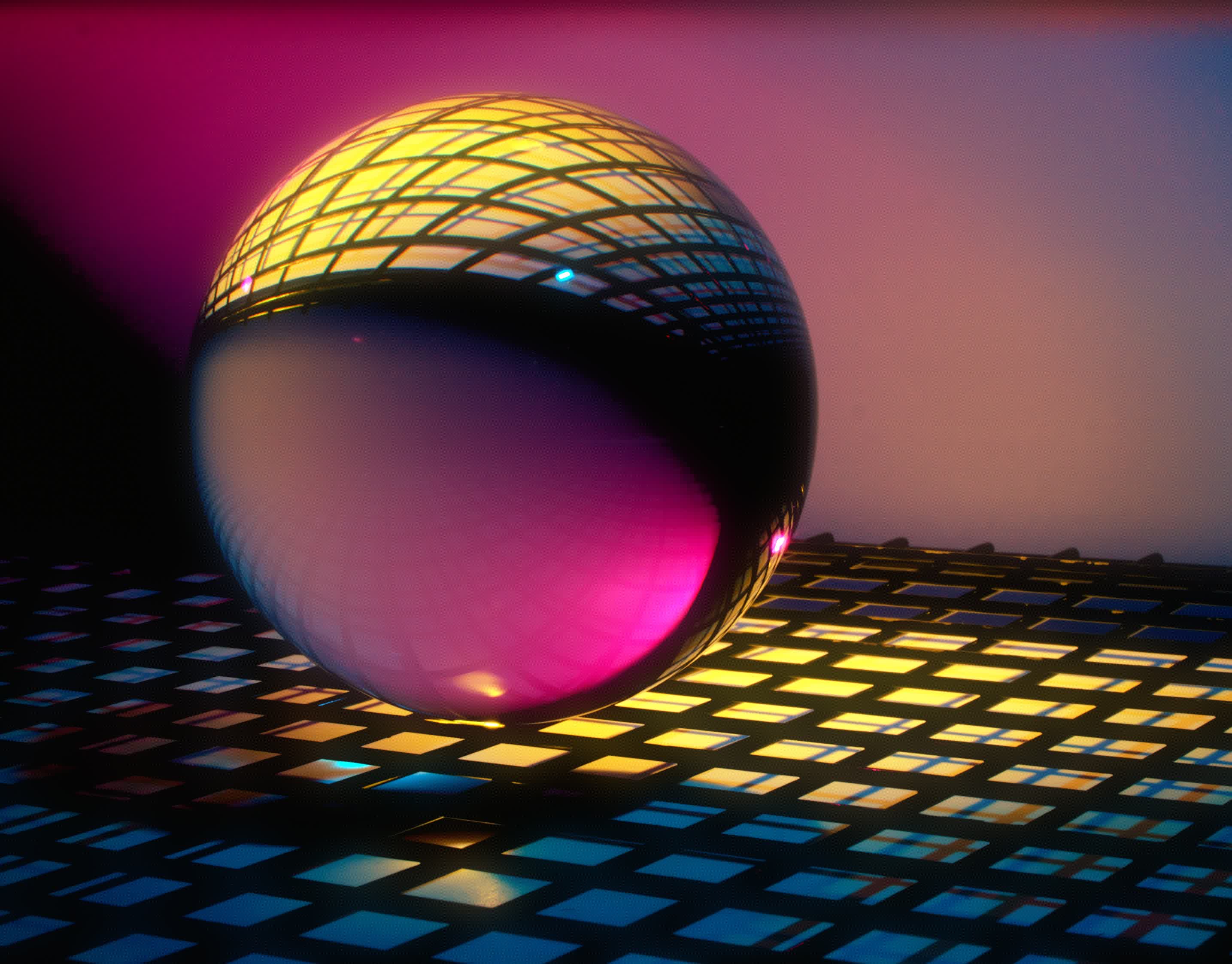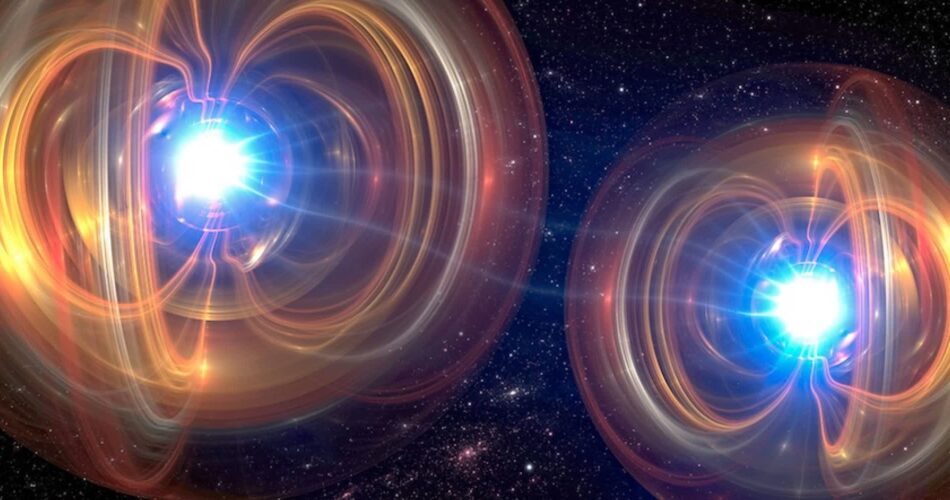Forward-looking: Quantum entanglement would virtually eliminate all the security issues the modern internet is facing. That’s the theory, at least. According to new research, there’s a (theoretical) way to “steer” the entangled photons to avoid information loss.
Professor Mehul Malik has been studying quantum technologies for 15 years. With his team at Heriot-Watt’s Institute of Photonic and Quantum Sciences, Malik has conceived a new way to send quantum information on optical fibers – a way that helps avoid data loss and brings the concept of quantum internet one step closer to reality.
The quantum internet is a theoretical model for a next-generation network based on the weird phenomena belonging to the quantum computing theory. The weirdest phenomenon is known as quantum entanglement, as it describes two particles or groups of particles (e.g., two photons of light) which remain connected no matter the distance. The quantum state of an entangled particle cannot be described independently of the state of the other one, regardless of the speed of light.
Quantum technology tries to harness the quantum proprieties of sub-atomic particles to develop incredibly powerful computers, or to greatly improve security for network communications and navigation systems. The problem with quantum entanglement, however, is that “transmitting” entangled photons over optical fibers becomes difficult over long distances because of noise and loss of information.

“Even the best optical fibers in the world will have a certain amount of loss per kilometer,” Malik said, “so this is a big hurdle in making this form of quantum communication possible.” The new research he developed with his team, however, shows for the first time that “quantum entanglement can tolerate both noise and loss – and still survive in a strong form known as quantum steering.”
Quantum steering is a technique that can improve the robustness of entanglement by using “qudits,” which essentially are arrays of qubits (the bit equivalent in quantum computing) arranged in multiple dimensions. The researchers used the spatial structure of light to entangle photons in a 53-dimensional space made up of “pixel” of lights.
The result: quantum steering let them transmit the entangled photons through loss and noise conditions equivalent to 79km of fiber optic cables – even with 36% of white noise like the one that could come from sunlight leaking into the experiment. Another counterintuitive finding of the new research, Malik said, was that increasing the number of dimensions in quantum entanglement also dramatically reduces the time it takes to measure the results.
“The efficient and trusted flow of information lies at the heart of modern society today,” the professor explained; to build such a ‘quantum’ internet, “we need to be able to send quantum entanglement across real-world distances” by tolerating noise and loss in the transmission.
Source link


